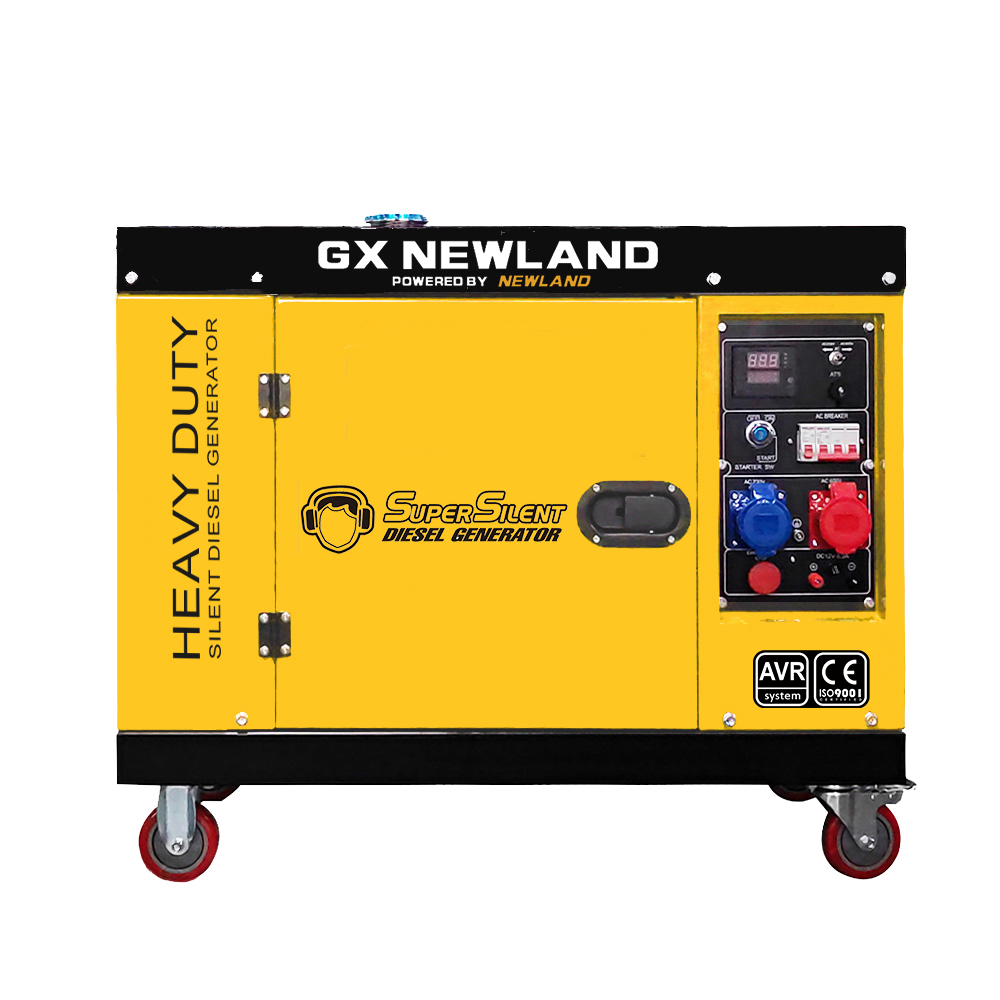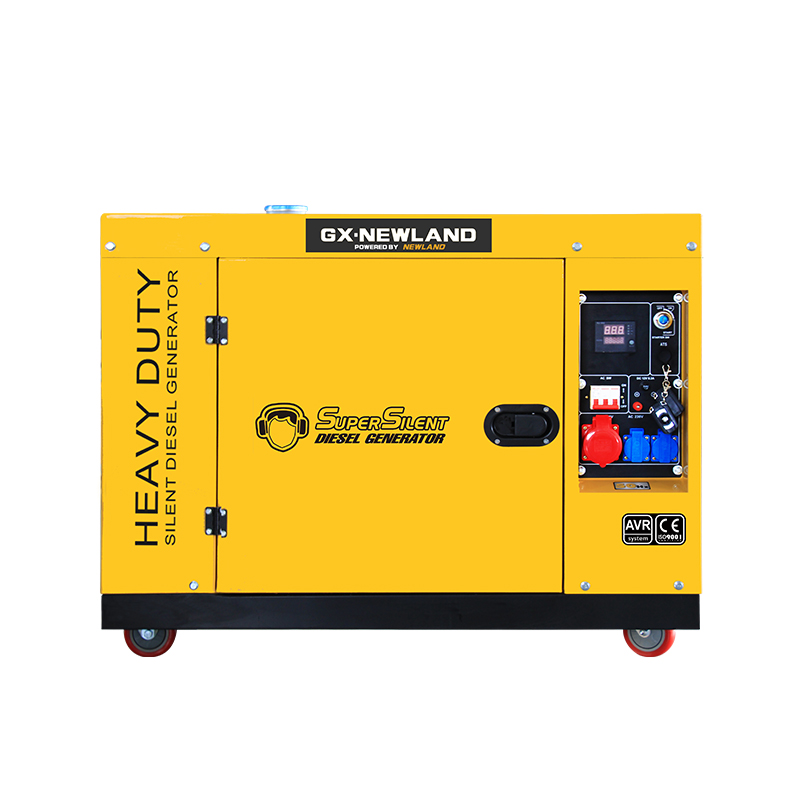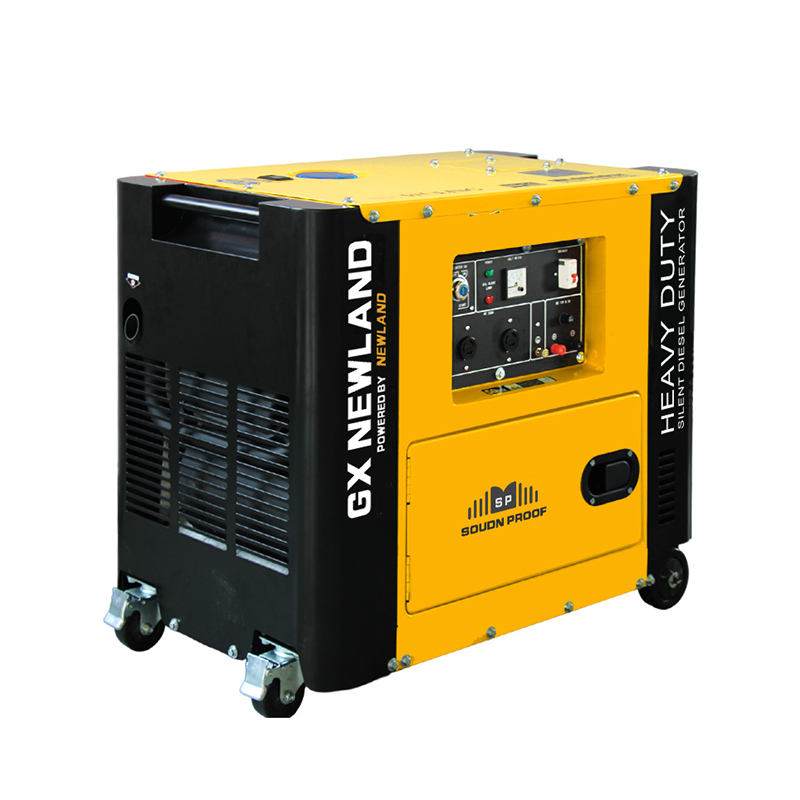What are the components of a gasoline engine water pump?
A gasoline engine is a spark ignition internal combustion engine that uses gasoline as fuel. Gasoline engines generally use a reciprocating piston structure, which consists of a body, a crank connecting rod mechanism, a gas distribution system, an oil supply system, a lubrication system, and an ignition system.
Small gasoline engine general system composition:
(1) Crankshaft connecting rod system: including piston, connecting rod, crankshaft, needle bearing, oil seal, etc.
(2) Body system: including cylinder head, cylinder block, crankcase, muffler, protective cover, etc.
(3) Fuel system: including fuel tank, switch, filter, sedimentation cup and carburetor, etc.
(4) Cooling system: including cooling fan, draft hood, etc. Some knapsack spray dusters have cooling openings on the rear volute of the large fan, and the cooling airflow is drawn from the draft hood, so there is no need for a separate cooling impeller.
(5) Lubrication system: The two-stroke gasoline engine adopts mixed oil lubrication combined with gasoline and lubricating oil and is used in combination with the oil supply system. The four-stroke gasoline engine is lubricated and supplied separately, and the crankcase is equipped with a lubricating oil level gauge.
(6) Air distribution system: The four-stroke gasoline engine consists of intake and exhaust valves, rocker arms, push rods, tappets and camshafts. The two-stroke gasoline engine has no intake and exhaust valves, but has an intake port, an air outlet and a ventilation port on the cylinder block, and uses the up and down movement of the piston to open or close each air hole.
(7) Starting system: There are two structures, one is composed of a starting rope and a simple starting wheel; the other is a rebound starting structure, with spring combined teeth and protective cover.
(8) Ignition system: including magneto, high-voltage lines, spark plugs, etc. Among them, there are two types of magneto: a contact type with a spark-over structure and a non-contact type electronic ignition circuit.

 英语
英语 中文简体
中文简体 俄语
俄语












